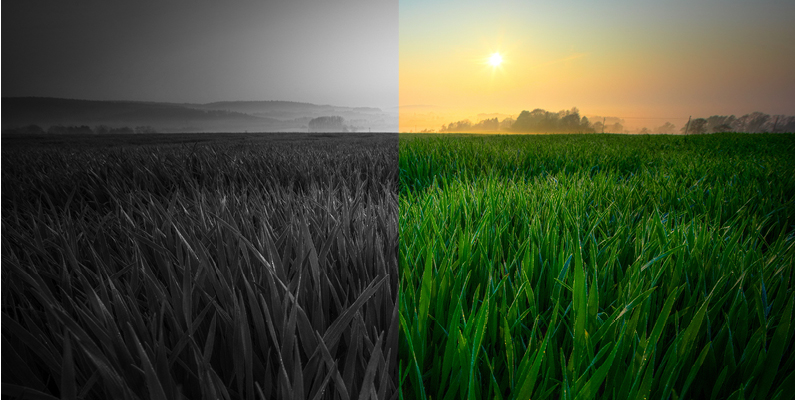When ag images start to look stale, focus on the features

The magic of photography captures a moment in time, a memory as it happened, color, texture and vision. It’s the total of our senses flattened into two dimensions, but powerful enough to evoke feelings and meaning.
In ag advertising and brand marketing, it’s used to complement the heart and soul of our products and locations and capture the essence of the community we market to. As the needs of brands and farmers change, so too does the art that accompanies them.
Sometimes we just need practicality in our messages. That works until we realize we’ve used the same images time and again. The challenge is that the subjects in ag marketing fundamentally will remain the same, and we must use the techniques of photography and design to create the difference between images that lose their luster and images to lust after.
The following are style points to enhance your photographs for a fresh, differentiating perspective:
- It’s all about the frame. Framing provides a foundation for an image and a sense of proportion and balance for the subject. Shift the frame surrounding your subject and the landscape within an intended photograph, and the doorway through which the image is viewed has a whole new path.
- Alter the angle. Photographing your subject from a different angle can give the image an entirely different vision. Experiment with high angles, low angles and close-up, to capture the light, textures and features of your subject, whether they are an animal, product, plant or piece of equipment.
- Experiment with black and white photography. Black and white pictures aren’t just for the past. They offer a journalistic, documentary quality to images and can draw out shadows and details, where color is often unable to do. Consider images that are less product-focused and more human, animal and/or landscape-featured for black and white photography.
- Depth of field isn’t just for the field. Depth of field enables a photographer to assess the perspective of their subject, within the frame of the image. This also provides images with distance and dimension. To enhance and elongate the perspective, try staggering your subject or altering their placement.
- Look toward the light. Much of ag photography is outdoors, which eliminates the need for flash. Furthermore, natural lighting is always the preferred luminary method when available. That said, filters and flash offer unique effects, if the setting is appropriate for the subjects. Please note that the use of flash may be prohibited when photographing animals and must be cleared with the producer, attending veterinarians or animal handlers.
- Composition is key. The subjects of any image – whether farmers, cattle, grain bins or tractors – are always the most important factor. Creativity aside, they should be comfortable and stand out appropriately, to achieve the goal of the campaign.
These photographic tips are at the forefront of a conversation between you and your creative team. Are you seeking a traditional feel or a more contemporary look? Is there enough budget to accommodate opportunities for more produced and enhanced images, or is the intention to create natural images that are true to life?
Finally, the art direction should reflect the brand and what it stands for, without compromising the needs and expectations of the farmer audience. This may also provide you with more timeless images in the end.